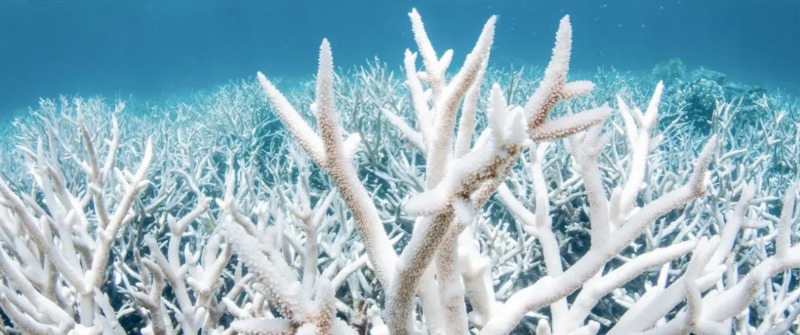
Roughly 66 million years ago, an asteroid or comet struck the planet and wiped out three-quarters of every animal and plant species alive. Known as the Cretaceous–Paleogene extinction event (K–Pg), it has been immortalized in popular culture because of its association with the end of the dinosaurs’ reign on Earth.
That is why scientists are hopeful that a new study regarding the rate of extinction nowadays may hammer home the urgency of our pollution problems. In an international study led by the Justus Liebig University Giessen that included geologists, paleontologists, evolutionary biologists and many others, researchers found that in some cases, man-made factors are causing an extinction rate that surpasses that of the Cretaceous–Paleogene extinction event.
The study, which was published last month in the journal Communications Earth & Environment, closely analyzed past extinction rates for freshwater animals and […]











And the cockroaches will inherit the world.